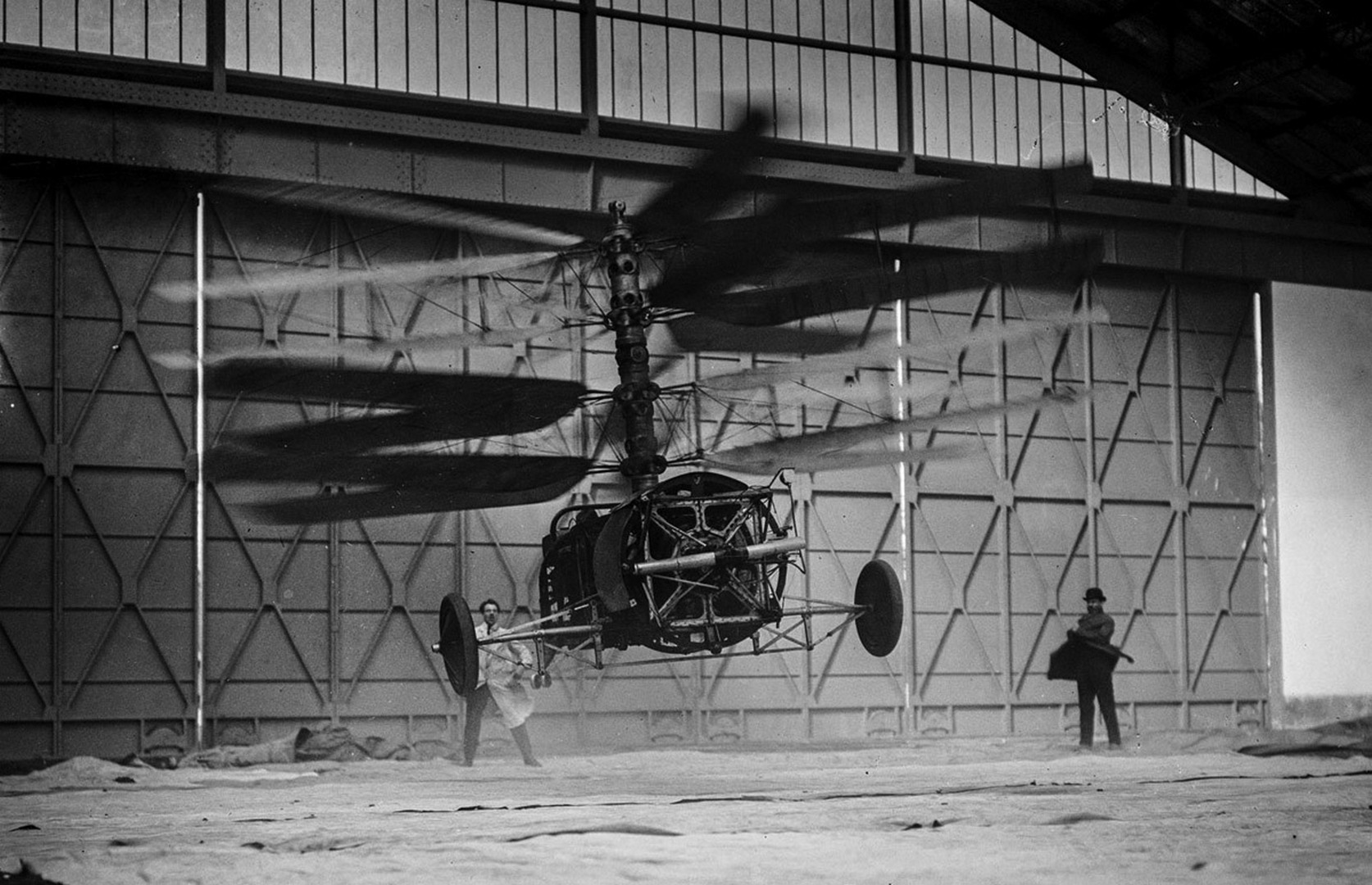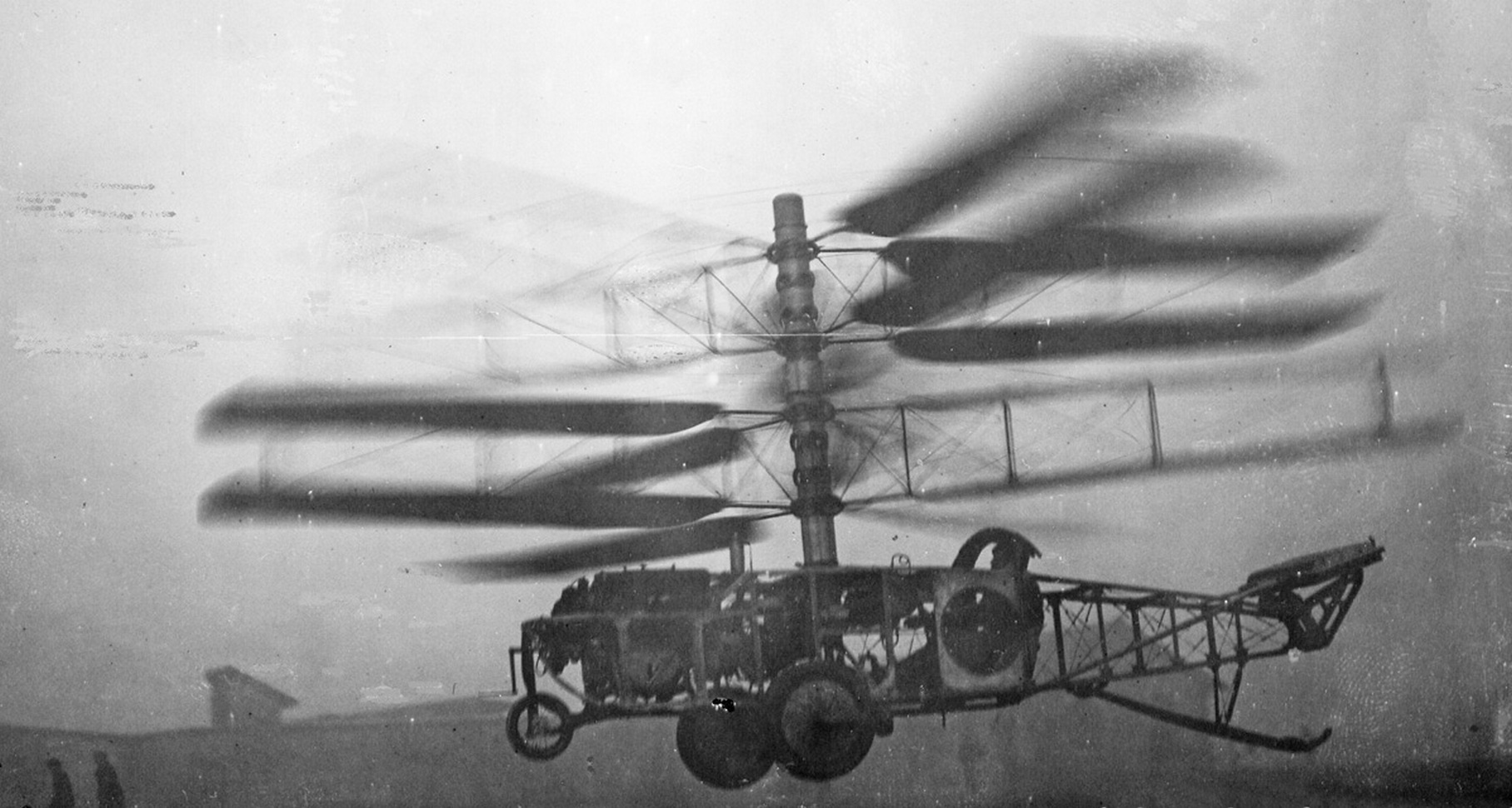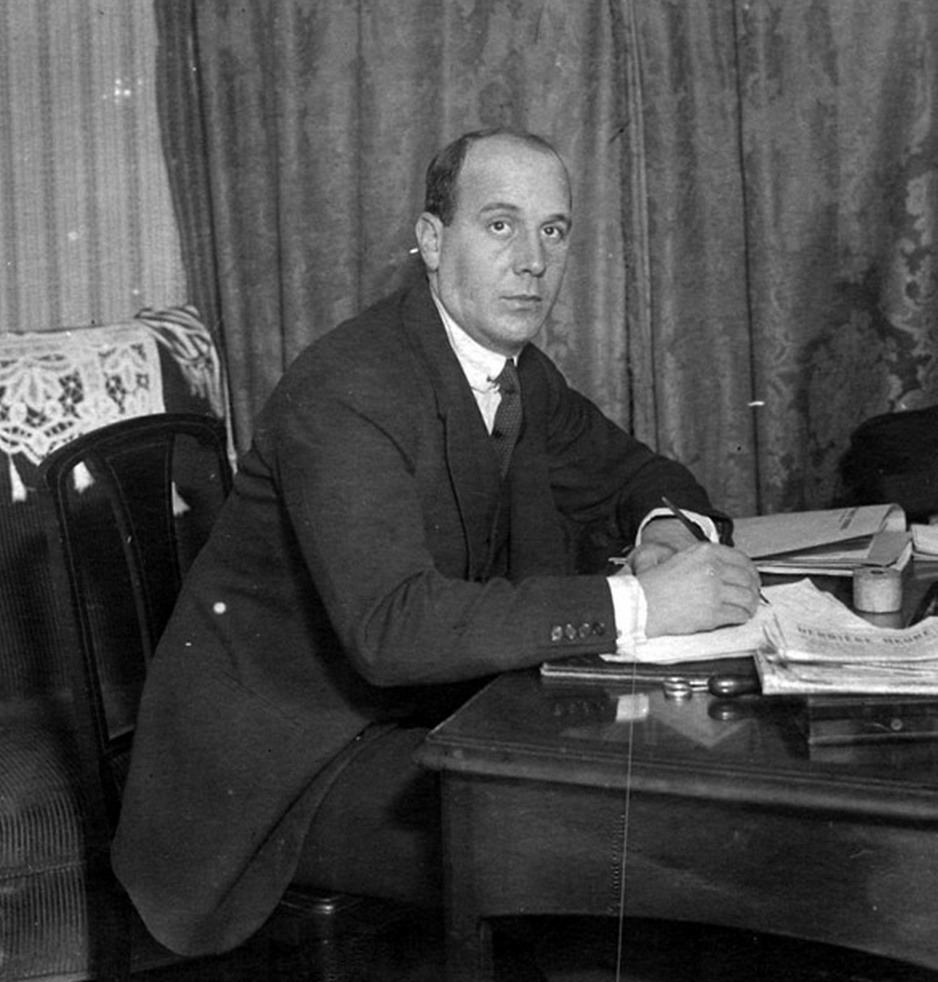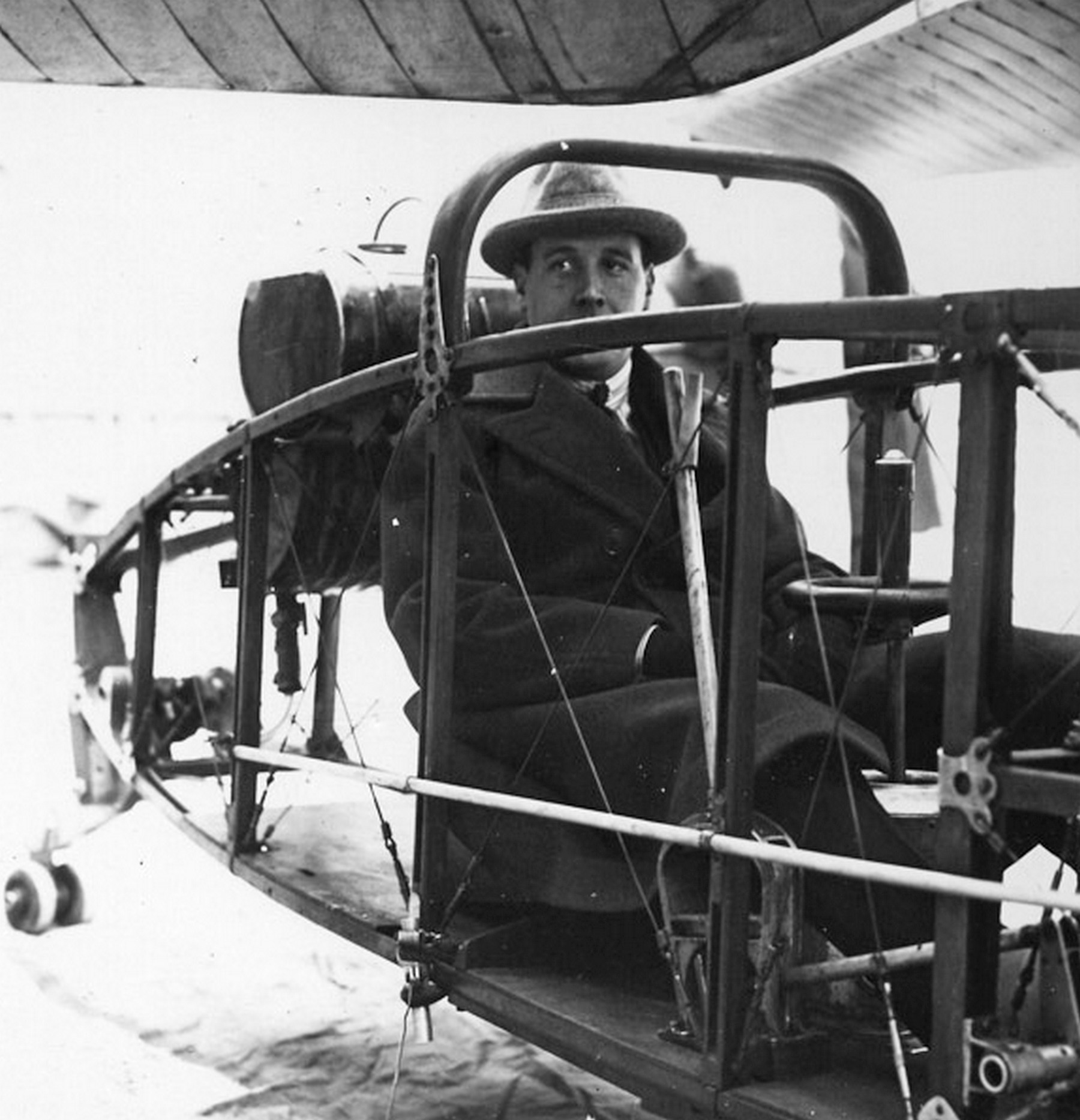100 years since the first "helicopter" record.
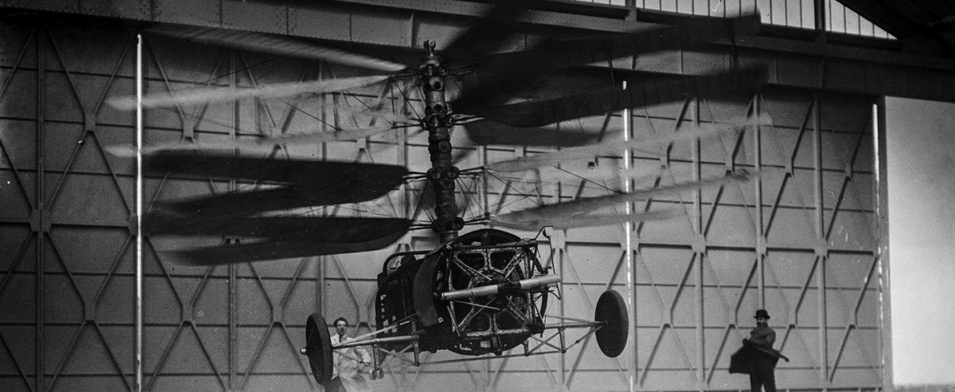
On April 18, it was the 100th anniversary of the first "helicopter" record recognized by the Fédération Aéronautique Internationale (FAI).
On that day in 1924, on the outskirts of Paris, Raúl Pateras Pescara de Castelluccio flew his helicopter, the Pescara 2F, for 736 meters in 4 minutes and 11 seconds at an altitude of 1.8 meters.
Raúl belonged to an aristocratic family with Italian and French roots. He was born in Buenos Aires on April 27, 1890. At the age of three, he moved with his grandmother from Argentina to France. After receiving his secondary education, he studied at technical institutes in Nice and Venice. After obtaining an engineering degree, he was hired as a technical advisor at the Venetian Arsenal.
After the outbreak of World War I, Italian authorities suspected the young specialist of espionage and sent him to France. In France, Pescara had the opportunity to work in aviation. In 1919, he built several helicopters with coaxial rotors that could barely lift off the ground.
By 1922, Pescara created another helicopter, initially called "Model No. 2." The aircraft had a complex lifting system of two biplane coaxial rotors. The lower blades passed just centimeters above the pilot's head, which was only protected by a metal hoop. After several upgrades, the helicopter could somewhat fly, although it oscillated significantly. Piloting this technological marvel was risky, but the daring marquis continued to astonish the public with his bravery. He always stayed close to the ground, so if his stubborn "horse" started shaking too much, he would simply reduce the throttle and immediately land.
On January 16, 1924, Pescara stayed airborne for over 8 minutes, during which he flew 1160 meters. However, this achievement was not officially registered. The flight on April 18 took place according to FAI rules, but the result was significantly more modest.
Pescara spent another two years refining his helicopter. Eventually, he grew disillusioned with rotary-wing aircraft and aviation in general. In 1926, he shifted his focus to other fields, founding an automobile factory in Spain and later an automotive compressor manufacturing business in Luxembourg. The marquis found much greater success in these endeavors, transforming from an eccentric inventor into a respected entrepreneur and accumulating considerable wealth. Raúl Pateras Pescara died on May 7, 1966, in Paris.

 Fan-page
Fan-page Youtube
Youtube TikTok
TikTok Aviamuseum
Aviamuseum State Aviation Museum
State Aviation Museum
